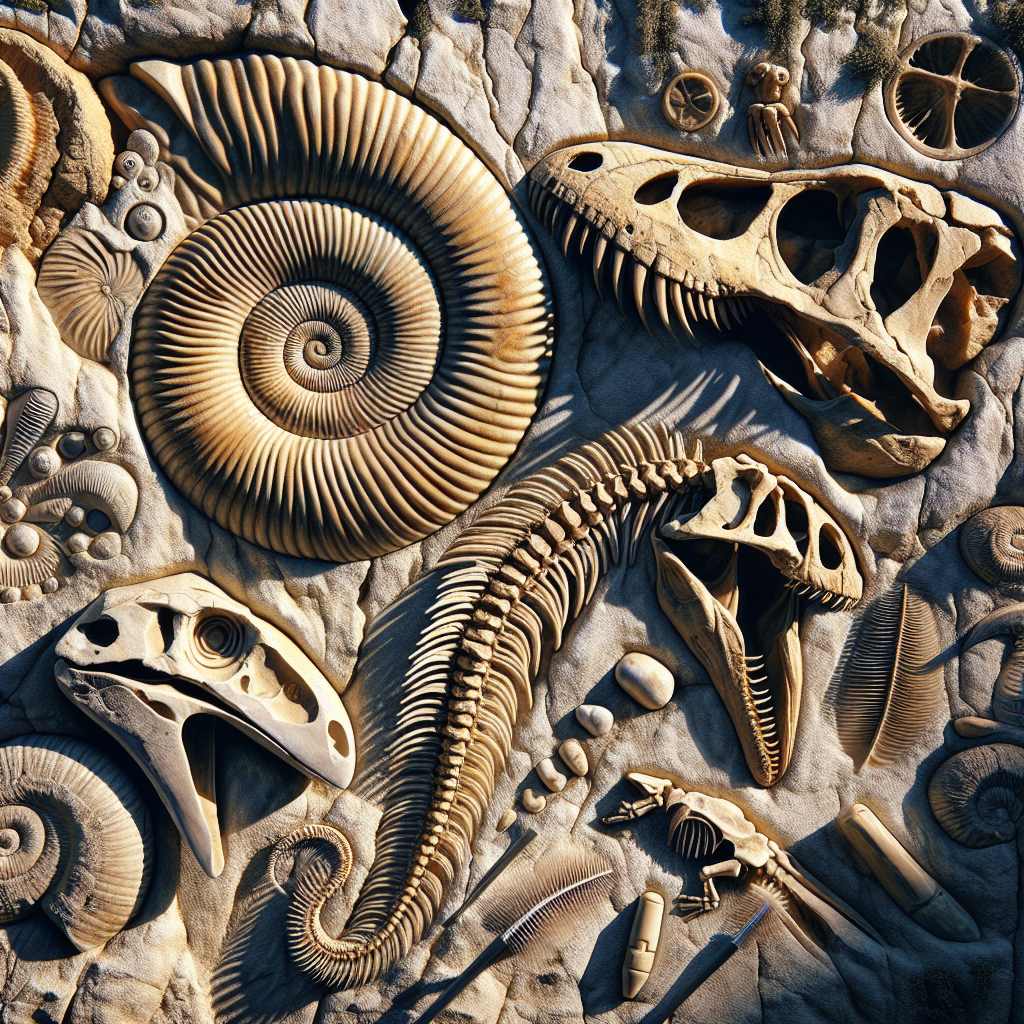The Hidden Costs of Micro-CT Scanning: A Closer Look at Fossil Analysis
Micro-CT scanning, a technique pioneered for its non-destructive capabilities in fossil analysis, may alter crucial information contained within fossils. Recent studies reveal a significant reduction in collagen post-scanning, which could affect further analytical techniques, though it doesn't impact radiocarbon dating. The method's usage should henceforth be reconsidered.

Fossils, often viewed as precious time capsules, reveal intricate details about Earth's historical biosphere. Studying them unravels the evolution of species and ancient ecological conditions. Among the techniques employed, micro-computerised tomography (micro-CT) stands out for its ability to examine inner structures without slicing through the fossil.
Micro-CT scanning, analogous to medical CT scans but on a minuscule scale, is revered for its adaptability. However, recent examinations published in Radiocarbon unveil an unexamined consequence: a notable dip in collagen content, crucial for various analytical processes, within fossils post-scan.
The implications are stark. While micro-CT keeps fossils intact visually, the invisible impact warrants caution. Experts urge limited X-ray exposure and advocate data sharing to circumvent repeated scans, safeguarding these fragile relics of the past for future scientific endeavors.
(With inputs from agencies.)










